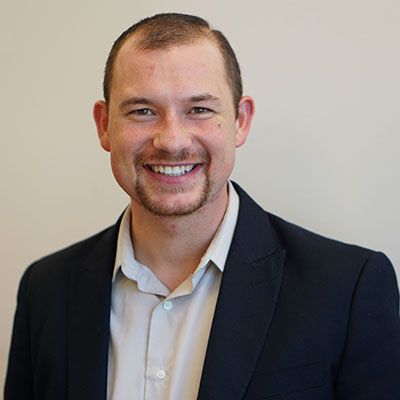TNTP, a teacher-recruitment and policy-advocacy group, recently released a new paper called “Reimagining Teaching in a Blended Learning Setting.” The paper describes roles and essential competencies of blended-learning teachers, provides guidance to school leaders for recruiting and selecting blended-learning teachers. Its conclusions are based on findings from visits to “more than 20 schools across the country” and interviews with “more than 60 teachers and leaders about their experiences.”
The paper should be a useful resource to the field as it provides helpful guidance for thinking about important issues related to blended teaching. For example, there is currently some debate in the field over whether teaching in a blended-learning setting is really much different from good traditional teaching. The paper helps answer that question by stating that the findings from their school visits “highlighted that teachers need to adapt how they instruct students and, at times, take on major new responsibilities.” The paper also draws valuable attention to the idea of using alternative staffing models to separate teaching responsibilities into separate roles. By having teachers specialize as either instructional developers, instructional integrators, or instructional guides, school leaders reduce the number of demands placed on individual teachers and allow teachers to focus on roles that align with their preferences and areas of expertise. Additionally, the paper describes a handful of competencies that are likely to be important for blended-learning teachers and emphasizes that teacher evaluations need to consider important “off-stage activities,” like data analysis, that teachers do behind the scenes when they are not interacting with students.
As education leaders use the frameworks in the paper as guides to help them think about teaching in blended-learning settings, they should also be thoughtful in how they apply the general recommendations from the paper to their specific contexts. For one, the importance of the teacher competencies emphasized in the paper will vary depending on a school’s particular approach to blended learning. For example, the paper emphasizes that blended-learning teachers need to be good at long-term curriculum planning. But for teachers at schools that have opted to purchase professionally developed online curriculum for their courses, long-term planning may not be as much of a priority. Similarly, the specialized roles that schools choose to create for their blended-learning teachers may be different from those described in the paper. Moreover, some schools may find that it doesn’t make sense for them to create specialized teaching roles (as Sajan George, CEO of Matchbook Learning, explains in his review of the paper). The paper also places more emphasis on recruitment and hiring than on professional development. Yet for existing schools that are transitioning to blended learning and that already have a staff of teachers, professional development will likely be the more important component in their human capital strategy.
Although school leaders will likely decide to adapt the paper’s recommendations to their particular contexts, the paper is incredibly valuable as a starting point for thinking about the roles, competencies, recruitment, hiring, and evaluation of blended-learning teachers. For school leaders who are just starting to dive into blended learning, having guidelines to build on and refine is much better than starting with no guidelines at all. In addition, the value of the guidelines in the paper will continue to improve as TNTP receives responses from implementers in the field. At the end of the paper, TNTP invites readers to share their perspectives by sending thoughts and feedback to [email protected].

